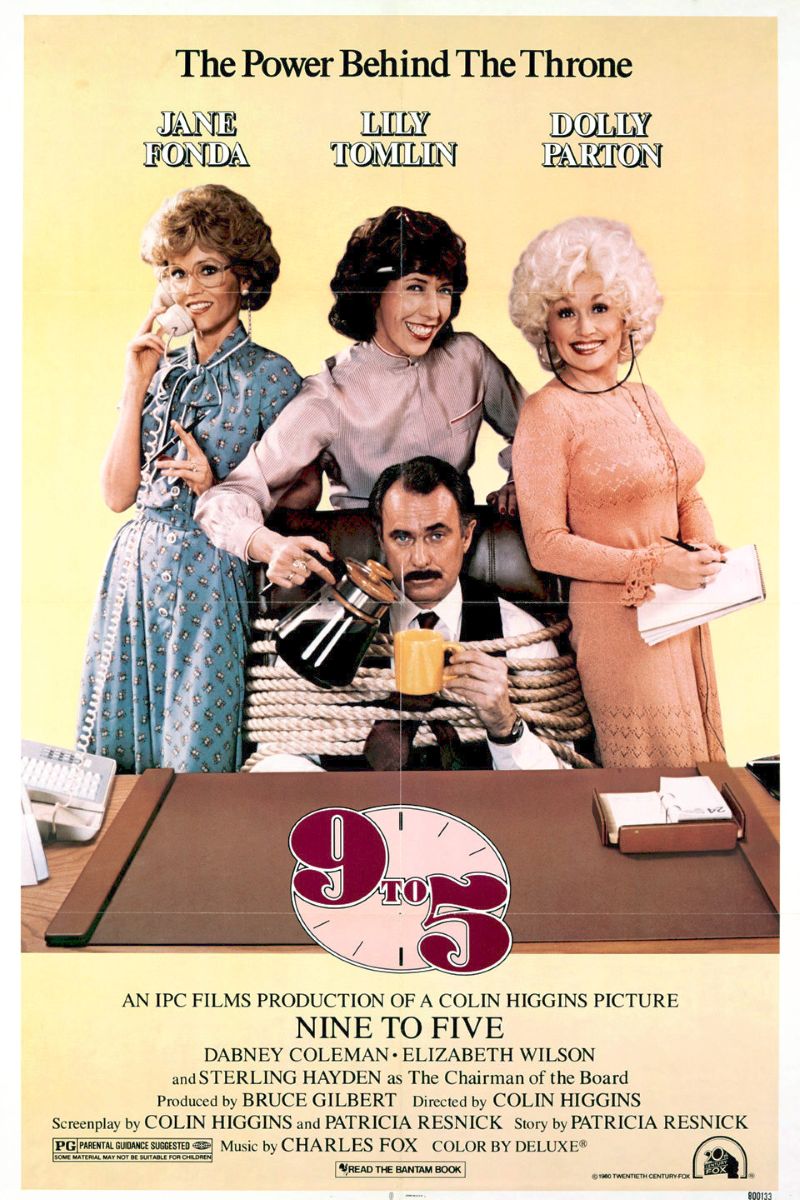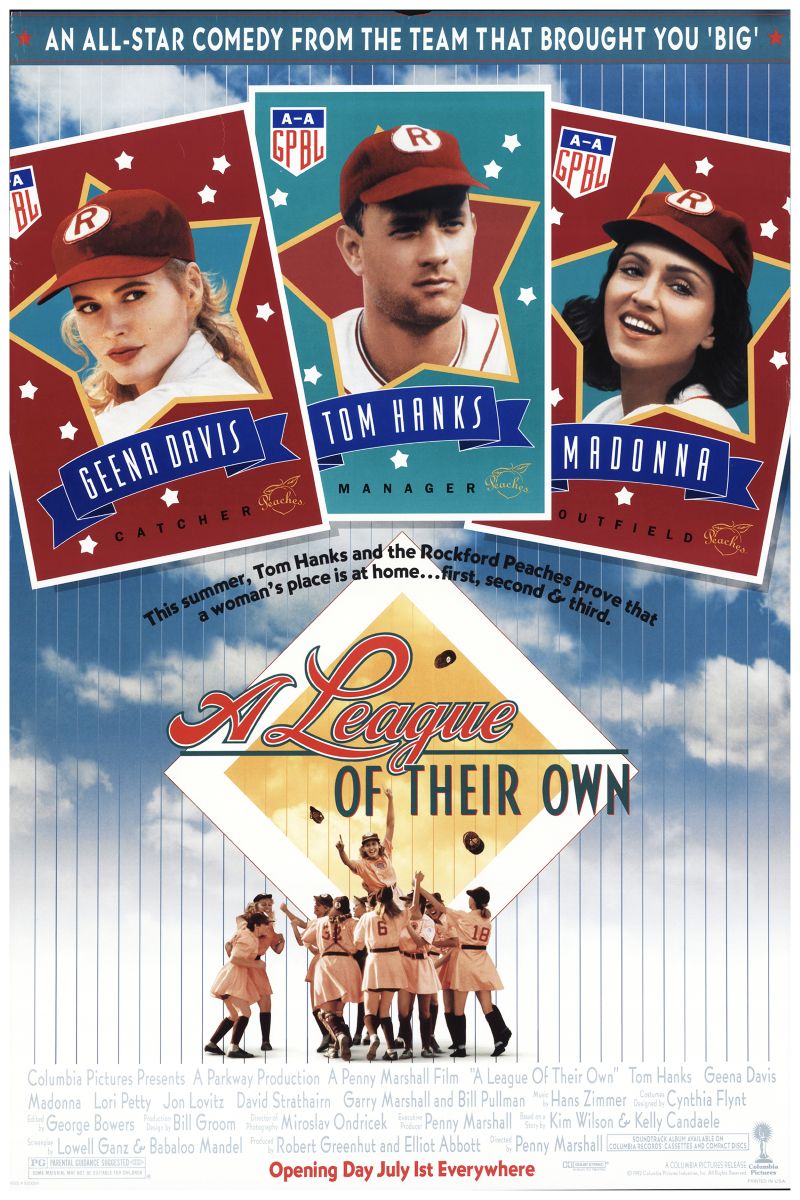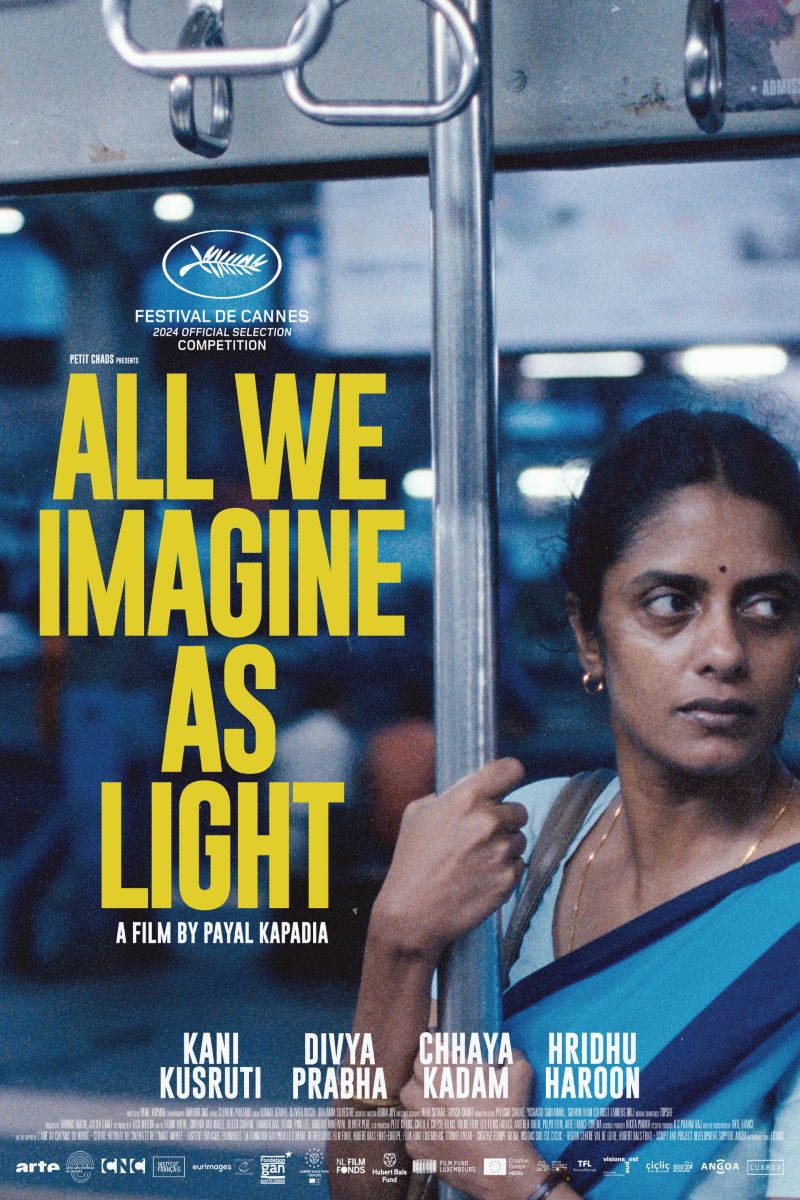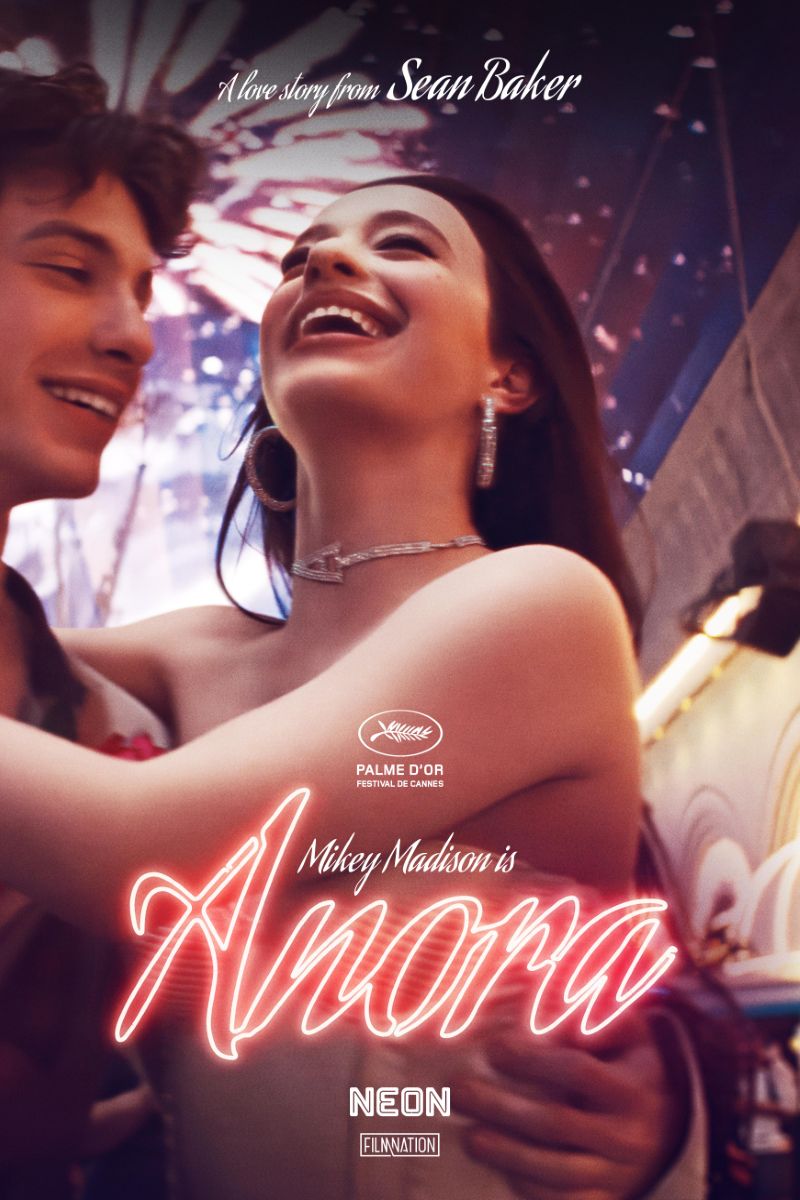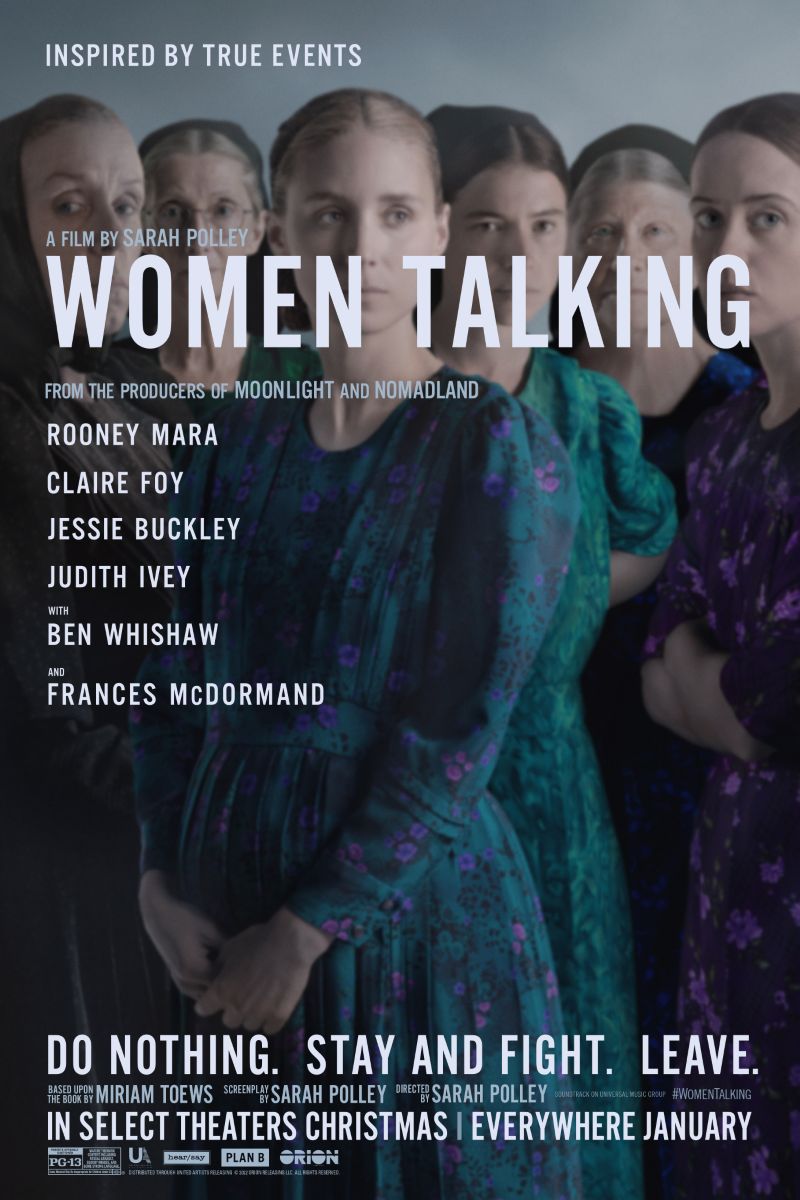
Women Talking
Women Talking
A drama film written and directed by Sarah Polley, adapted from Miriam Toews' novel of the same name. Set in a Bolivian Mennonite community, following a group of women who gather to discuss their future after discovering systematic sexual assault by men in their community. The film deeply explores important issues including religious patriarchy critique, collective trauma and healing, women's political awakening, and the power of silence versus voice.
主演
🎥 影评与解读
Women Talking stands as director Sarah Polley’s masterpiece adaptation of Miriam Toews’ novel, an Academy Award Best Adapted Screenplay winner that draws inspiration from true events in a Bolivian Mennonite community. Through profound dialogue among a group of women gathered in a barn, the film deeply explores sexual violence under religious patriarchy, collective trauma processing, the awakening of women’s political consciousness, and the difficult transition from silence to voice. With its philosophical depth and emotional power, it represents one of the most profound and sensitive explorations of gender oppression in religious communities in contemporary feminist cinema.
From a religious patriarchy critique perspective, Women Talking’s most important contribution lies in its in-depth analysis of how religious authority is used to suppress and control women. Men in the Mennonite community have long used religious doctrine to rationalize violence and control over women, attributing women’s pain to “demons” or “imagination” while refusing to acknowledge systematic sexual assault crimes. The film demonstrates how religion becomes a tool for maintaining male privilege and how women struggle between faith and self-protection. This critique is not a denial of religion itself but a profound reflection on the abuse of religious power.
The film’s exploration of collective trauma and healing mechanisms carries profound psychological and sociological significance. These women face not only individual trauma but systematic trauma affecting the entire community. They are forced to question their memories, feelings, and reality perception—this “gaslighting effect” is a typical characteristic of psychological abuse. The film shows how women rebuild reality perception through collective dialogue, confirm each other’s experiences, and seek paths to healing. This collective healing process demonstrates the power of female solidarity and the importance of mutual support.
From a political awakening perspective, the film showcases the complete process of women’s political consciousness from germination to maturity. These women have never been allowed to participate in political decisions and are even illiterate, yet when facing survival threats, they demonstrate outstanding political thinking and moral judgment. Their discussions involve complex political philosophy issues such as justice, forgiveness, self-defense, and collective action. The film proves that political capability is not the privilege of education or social status but a natural human response to injustice.
Rooney Mara’s Ona represents moderate radicalism. As an unmarried pregnant woman, she bears both society’s moral condemnation and carries a child conceived through rape. Her character embodies women’s resilience and wisdom in extreme circumstances. She advocates leaving the community while emphasizing taking the children, reflecting maternal care for protecting the next generation and political foresight.
Claire Foy’s Salome represents righteous anger. Her attack on a perpetrator with a pitchfork symbolizes women’s legitimate anger and right to self-defense. Her anger is not blind but based on clear recognition of injustice. Through her character, the film explores the moral legitimacy and practical effectiveness of violent resistance.
Jessie Buckley’s Mariche represents the tension between tradition and change. As a relatively conservative voice, she worries that leaving would mean losing cultural identity and faith foundations. Her concerns reflect the contradictory psychology many women face when confronting major change—both yearning for freedom and fearing the unknown.
Ben Whishaw’s August is the only man allowed to participate in discussions, making his role important. As teacher and recorder, he represents male allies supporting women’s liberation. His presence indicates that true change requires participation from all genders while highlighting the importance of women leading this decision-making process.
The film’s spatial setting—the barn—carries profound symbolic significance. This agricultural space serves both as a place of labor and as a gathering place for women’s wisdom and power. The barn provides a relatively private and safe discussion space, away from direct surveillance by male authority. This spatial choice emphasizes women’s need for their own political spaces to conduct genuine dialogue and decision-making.
The film’s treatment of intergenerational relationships is also nuanced. Women of different ages bring different experiences and perspectives. Older women like Judith Ivey’s Agata possess rich life experience and wisdom, while younger women represent new possibilities and courage. This intergenerational dialogue showcases the transmission and development of women’s wisdom.
The film’s theme of language and literacy is particularly important. These women have been deliberately deprived of literacy skills—an important means of patriarchal control. They can only communicate and make decisions through oral language, which is both limitation and source of power. Oral tradition embodies the special nature of women’s culture—based on relationships, emotions, and direct experience rather than abstract concepts.
The film’s treatment of time concepts is also unique. The entire story takes place over just a few days but encompasses several generations’ experiences and future possibilities. This temporal compression creates urgency while highlighting the momentous nature of decisions. The women must make potentially life-changing decisions before the men return.
From a jurisprudential perspective, the film explores the relationship between justice and law. In this community, formal legal systems cannot protect women; they must create their own standards of justice. Their discussions involve core legal philosophy issues such as punishment, forgiveness, and prevention, demonstrating women’s moral reasoning capabilities.
The film’s themes of motherhood and child protection run throughout. The women’s primary concern is protecting their children, especially daughters, from similar harm. This protective instinct is not instinctive reaction but based on clear recognition of violence cycles and responsibility toward the next generation.
The film’s visual style also supports thematic expression. Simple colors, natural lighting, and uncomplicated compositions create an authentic and intimate atmosphere. This visual style avoids dramatization, allowing audiences to focus on dialogue content and emotions.
From an international feminism perspective, the film’s significance transcends specific religious communities. Women worldwide face similar patriarchal oppression and sexual violence threats. The film’s model of collective action and political awakening holds inspirational significance for global women’s movements.
The film’s treatment of silence versus voice themes is particularly profound. These women have long been forced to remain silent, and now they are learning to speak and express themselves. This transformation from silence to voice represents not only personal liberation but political awakening. Their voices represent those of all suppressed women.
The film’s ending is open and full of hope. The women ultimately choose to leave—a decision that represents both rupture with the past and confidence in the future. Their departure is not escape but creation of a better world. This choice embodies women’s agency and possibilities for change.
From a philosophical perspective, the film engages with fundamental questions about moral agency, collective decision-making, and the nature of justice that are central to feminist political theory. The women’s deliberations demonstrate sophisticated moral reasoning that challenges assumptions about who is capable of political thought and leadership.
The film’s treatment of religious faith is nuanced, neither dismissing belief entirely nor accepting all traditional interpretations. The women struggle to maintain their spiritual connections while rejecting the oppressive structures built around their faith, showing how feminism and spirituality can coexist and inform each other.
Ultimately, Women Talking’s value lies in its profound demonstration of women’s collective wisdom and political capabilities. Through these Mennonite women’s story, the film proves that even in the most oppressive environments, women can still demonstrate outstanding moral judgment, political thinking, and solidarity spirit. It reminds us that true change begins with dialogue, understanding, and collective action. In a world still full of gender violence and religious extremism, such works provide important insights and hope for us all.
🏆 获奖与荣誉
- • 奥斯卡奖 最佳改编剧本
- • 奥斯卡奖 最佳影片 提名
- • Critics Choice Award 最佳改编剧本
- • 美国编剧工会奖 最佳改编剧本
⭐ 评分与链接
相关推荐
评论与讨论
与其他观众一起讨论这个视频
加入讨论
与其他观众一起讨论这个视频
评论加载中...
